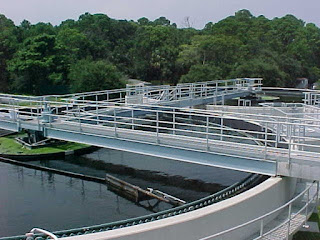Our Plastic Society

Plastics are insidious in our society today--plastic bottles, bags, toys, packaging and more. And some of them are bad plastics --containing toxic chemicals like bisphenol-A, PVC and phthalates. Not only are some plastics harmful to our health, they can also damage the environment, especially our waterways and oceans. Here is a thought-provoking video about the effects of plastic pollution: https://www.youtube.com/watch?v=M7K-nq0xkWY&feature=share Projects like The Ocean Cleanup will help, but will take years to complete. Meanwhile, additional debris, including tons of plastics, will continue to be discarded. Many plastics and other debris end up in the ocean after natural disasters, like hurricanes and tsunamis. When I was a utility responder in Mississippi after Hurricane Katrina, I saw huge amounts of material from destroyed homes and businesses. One of the photos I took, below, shows the level of destruction. Unfortunately, many plastics enter the environment becau








